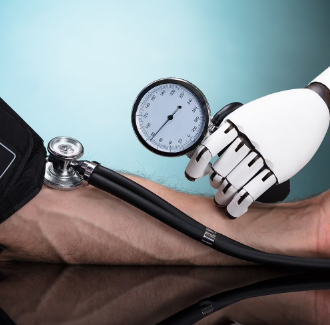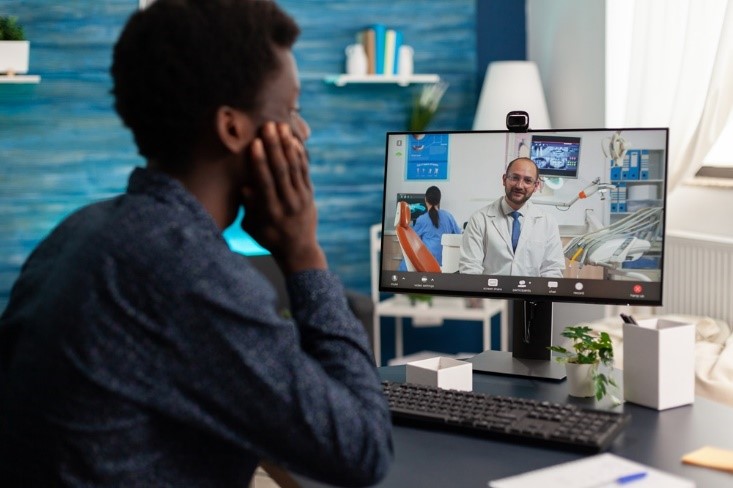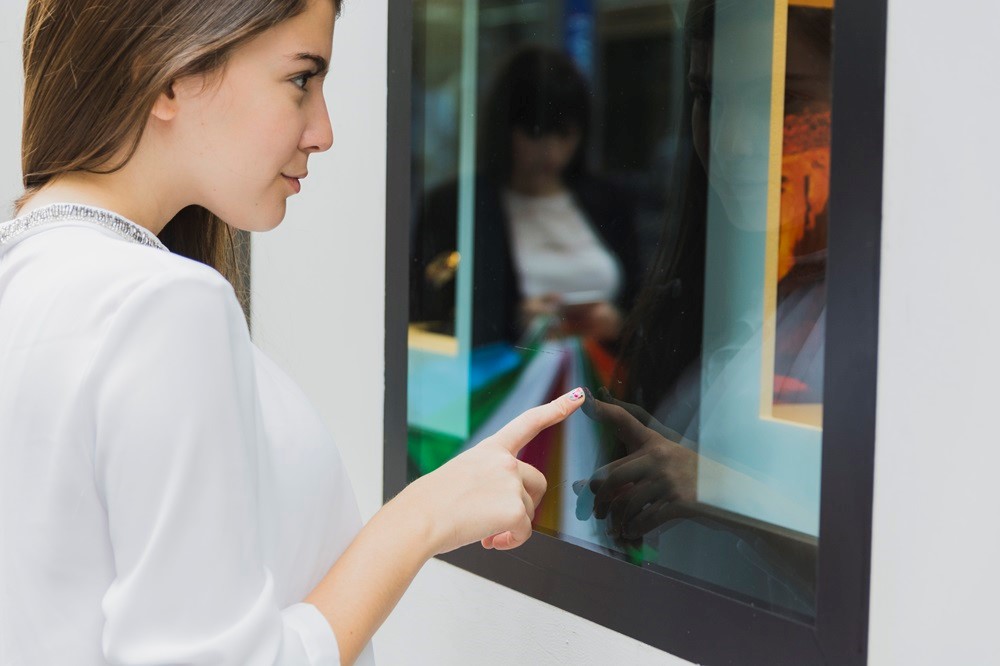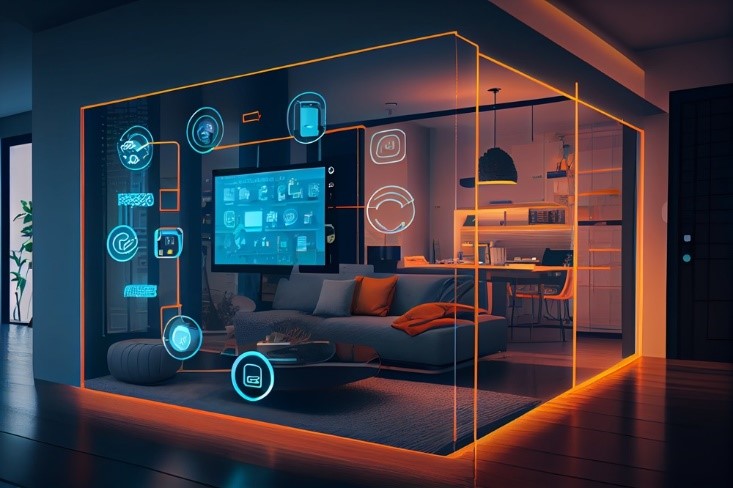Telemedicine is a new term that is largely unknown to most people. However, the concept behind the term is quite simple and feels pretty natural for a population that relies on smartphones for almost everything. But its history dates back to the invention of the telephone. The first telemedicine application was considered a banal incident on March 10, 1876. The British inventor Alexander Graham Bell accidentally spilled acid on his suit while working on his patent “telephone device.” It used the device to call his colleague Thomas A. Watson, who was in the next room, for help. Later, it was used in military situations during the Civil War, such as ordering medical equipment or advice. But what is the current situation of telemedicine platforms? Does today’s digital life require such a platform?
What is Telemedicine?
In telemedicine, diagnosis, advice, and the assessment of patient data are carried out by doctors or other health professionals using information and communication technologies. Patients and doctors don’t need to be in the same place. It is also not necessary to have an appointment together at the same time.
Telemedical applications also support the exchange between doctors: for example, to exchange findings digitally or to have your diagnosis or chosen treatment confirmed by a colleague from another medical specialty.
The efficiency of these platforms
Dedicated telemedicine platforms are the result of decades of software development. Modern apps are based on the user experience of instant messengers, social media, email clients, and even phone apps. The features of these platforms are:
- Ease of learning to use it
- The speed of communication between doctor and patient
- The possibility of saving records in it
- Ability to attach files
Who uses the telemedicine platform?
Doctors use telemedicine to transmit patient data to each other to obtain a second opinion or exchange knowledge. This form is used, for example, in further medical training or particularly complicated cases.
Is telemedicine the future?
Many doctors believe that telemedicine has no benefit for us in the short term, but in the long term, this is the future. They believe telemedicine can significantly improve the care of many patients because we collect data more frequently, and patients are monitored much better. It could improve clinical outcomes in patients with advanced heart failure because an alarm can be responded to more quickly, and intervention can be carried out earlier.

Applications of telemedicine platforms
These platforms can be used in many ways. It should be noted that with the advancement of technology, their fields of application will also expand. Here are some of the most important applications of telemedicine platforms:
- Remove patient tests: Taking patients to the hospital for routine examinations is one of the most critical issues.On the one hand, these examinations are necessary; on the other hand, they are very difficult for elderly and sick patients.In this case, the doctor can examine the patient via video call or personally go to the patient’s home.The second model, called on-demand healthcare services, is gaining incredible momentum in the industry.You don’t have to be a patient or guardian to use medical programs.These programs can be used as platforms for awareness and education to familiarize users with disease prevention, treatment, and symptoms.
- Smart description: Research and development in big data and artificial intelligence allow innovators to use automated medical prescription software systems.These systems have been trained through case studies of hundreds of thousands of patients to diagnose the disease correctly and prescribe the most appropriate prescription depending on the symptoms.This innovative prescribing model shows impressive results as AI outperforms human experts in disease prediction efficiency.Despite the remarkable result, the intelligent version is still in the testing stages for the most part.Also, regulators allow such telemedicine software systems to be used for prescribing in less risky situations that do not put human life on the line.

- Translation for non-native residents: In immigrant or tourist countries, many immigrants or tourists may not be able to speak the official language of that country. This limitation often leads to a communication gap between the doctor and the patient/caregiver. Patients and doctors. This activity is relatively more straightforward when communication takes place at a distance.
Conclusion
In today’s fast-paced era, online services have penetrated all fields, and one of these fields is medicine, which is slowly moving towards telemedicine. There are several platforms for this purpose. If you want technical information about telemedicine platforms and guidance on choosing one, contact the United Techies Company. They can provide you with their valuable information and experience in this field.
References:
https://gesund.bund.de/telemedizin#austausch-unter-aerzten








